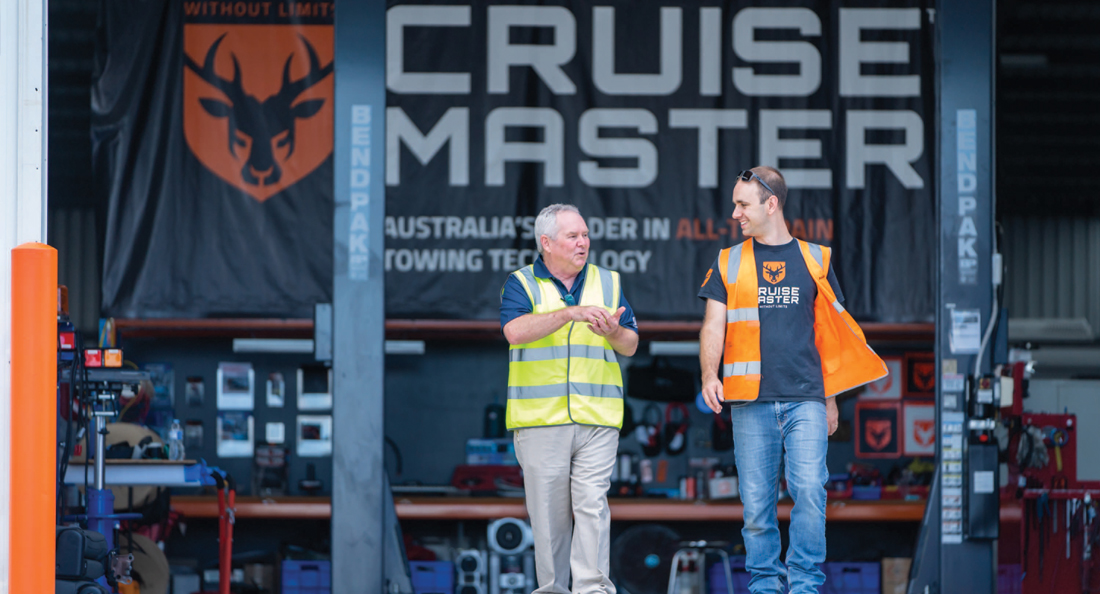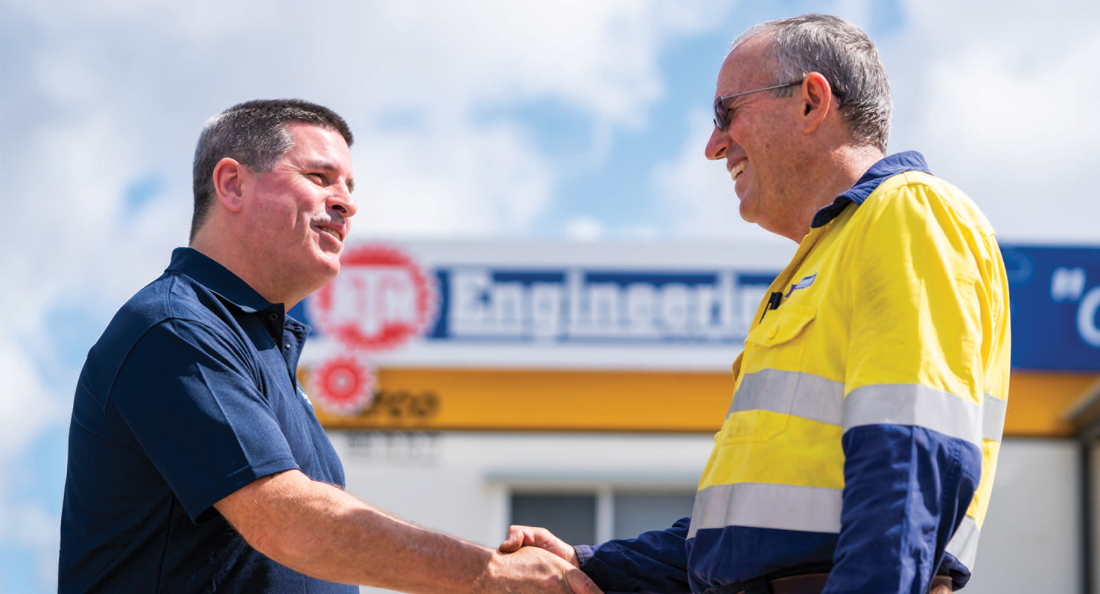In Australia, the devastating effects of climate change have been evidenced by the relentless deluge of rainfall experienced by communities in New South Wales and Queensland in 2022. Tens of thousands of Australians have been forced from their homes as the rainfall has reached unprecedented levels and extreme flooding has taken a hold on the regions. The damages and devastation have been far-reaching, washing away entire communities and taking with it the homes, businesses, and the life’s work of local residents.
The economic strain has been felt-nationwide, as local governments and flood relief efforts have struggled to keep up with the costs of emergency funding. Since the beginning of 2022, the estimated cost of flood relief insurance claims alone has exceeded $1.45 billion – and the rain has still not ceased.
A recent report by Australia’s newly appointed Climate Council ‘A Supercharged Climate: Rain Bombs, Flash Flooding and Destruction’ stated that the intense rainfall in these regions is directly correlated with climate change and an increase in the temperature of the atmosphere.
According to the report, this uptick in temperature can be attributed to the excess burning of fossil fuels such as oil, gas, and coal across the industrial landscape, and Australia’s steady increase in rainfall over the past few decades is the result of the warmer atmosphere retaining more water molecules and being more conducive to the energy that fuels storms.
Furthermore, the report highlights that for each one-degree Celsius rise in global average temperature, the atmosphere can hold approximately seven percent more moisture. Therefore, with every degree of increase in temperature, the likelihood of more extreme downpours in the future doubles – and much like the rain, this upward trend toward warmer climate conditions shows no sign of stopping.
When it comes to mobilising flood response initiatives, Motion Australia’s businesses and team members, have been actively involved in providing ongoing assistance to the flood affected communities since the very beginning of this crisis. “Given Motion’s diverse capabilities, many team members have been compelled to assist with the emergency flood response efforts in any way they could,” says Grant Gray, General Manager of National Sales for Motion Australia.
Motion Australia’s collective flood response efforts have included leveraging community access to pump technology, water transfer hoses, and hydraulic equipment to assist with dewatering the affected areas, as well as mobilising technicians and engineers to inspect damages and organise repairs, replacements and refurbishments for gearboxes, motors and drive equipment affected by water damages.
“As the floods continue to surge in these parts of our country, we continue to draw on our different business capabilities to provide flood response solutions, whether that be dewatering pump equipment, gearbox and motor parts, cleaning and sanitising products, waterproof lubricants, or gearbox and motor parts.” says Grant.
“But I want to reiterate that for Motion, the flood response is much more than just a matter of supply and demand. For us, the effects of the ongoing flooding have been felt deeply across our organisation, as many of our customers, team members, and their families have experienced first-hand damages to their homes and businesses,” he emphasises.
“We understand the hardships the flood victims have endured over the last year because we are a part of these communities and have been for decades.”
Although, it seems evident that the impact of industrial operations on climate change will continue to be a driving force behind the extreme weather events like these, the effect that industry has on the climate still hangs in the balance between effecting the cause and providing the solution. And yet, the question remains: How will climate change impact the future of industry?
“Without question, the impact of climate change is an active concern for every industry in the world presently, as the global industrial market continues to experience pressure from all sides,” expounds Grant. “On one hand, industrial operations are grappling with the increased demand for manufactured and commodity goods. While on the other hand, newly enforced government mandated net-zero policies have resulted in the bulk of an operation’s social license depending on transparency and accountability when measuring their environmental footprint.”
In short, the onus is now on individual business owners to demonstrate their efforts to conserve resources; source materials responsibly; produce less waste; and generate fewer emissions; during production. As a result, significant efforts are being made across industries to reduce their energy usage and offset power requirements.
“As a business, we acknowledge the responsibility we have as an industrial solutions provider that supplies products and services that cater to the full spectrum of process industries – from mining and extractive; to food and beverage production; to small, medium, and large-scale manufacturing operations,” says Grant.
“We are also cognisant that many of our strategic suppliers, partners and customers are looking at ways to improve the efficiency of their operations, and our portfolio includes a host of products, solutions, and services that can help achieve these greater efficiency outcomes,” he elaborates.
“From high-efficiency gearbox and motor solutions; to ecologically sound advancements in materials science; to all-natural degreasers, lubricants, and solvents and bioremediating parts washing stations– many of our supply partners are developing reduced emissions and zero-impact industrial products.”
According to Grant, the scope of Motion Australia’s reach across industries combined with their extensive network of partners, suppliers, and engineering capabilities, puts them in an ideal position to assist businesses with improving their operational efficiency and reducing their environmental impact.
“Being an industrial solutions provider, we are in the business of solving problems, and climate change is an overarching problem that contains a lot of smaller isolated problems, each of which are begging for a viable solution,” concludes Grant.
“Looking ahead as a business, I think it’s a reasonable expectation that we start providing more real-world solutions to these problems. Of course, there is still a lot more groundwork to be laid, but as we continue to plan for the future, we gradually gain a better understanding of how we can evolve as a business and affect the most positive change for our communities.”




